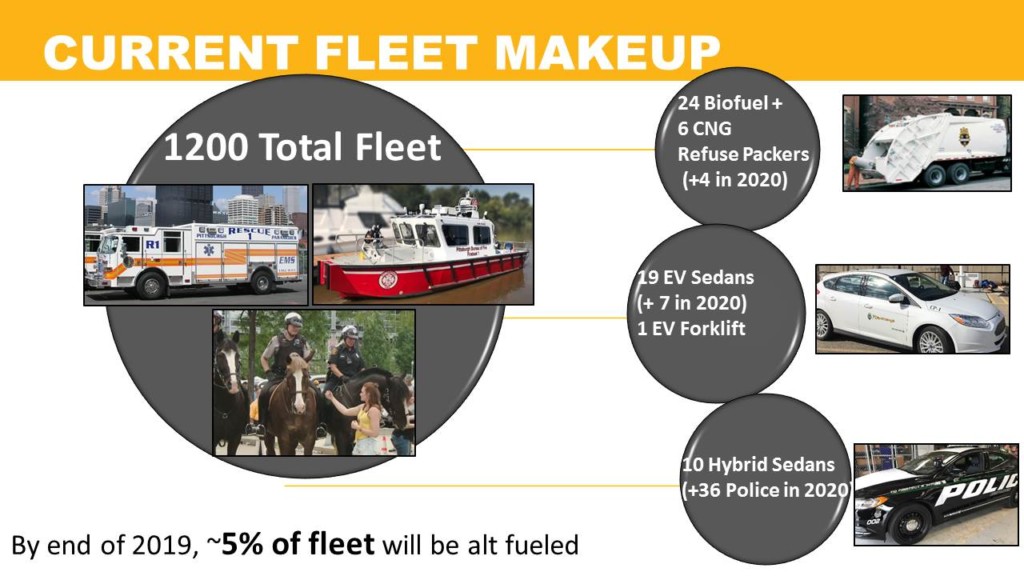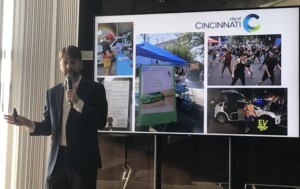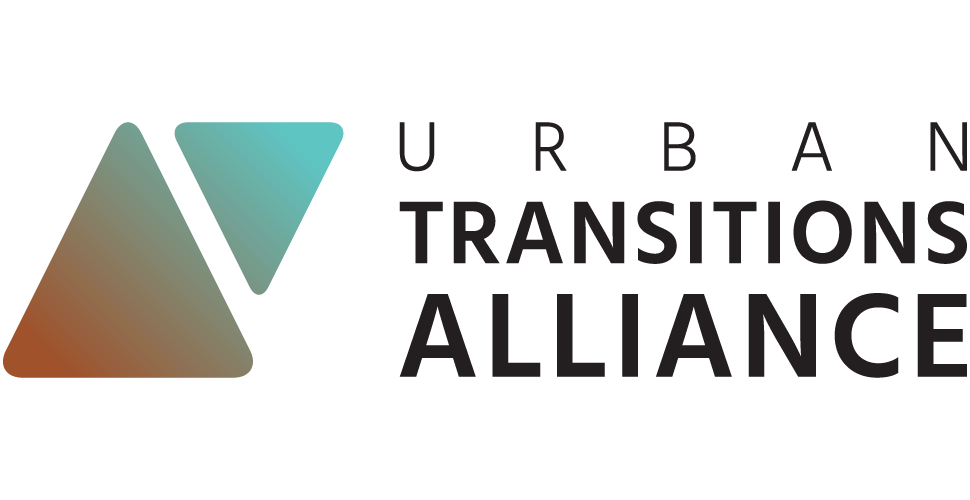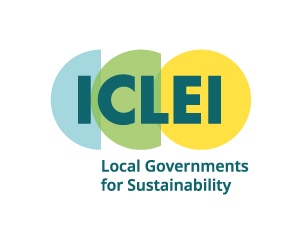FROM CIRCULAR ECONOMY PRINCIPLES TO SOCIAL EQUITY
ENSURING A CIRCULAR E-MOBILITY TRANSITION
By Hannah Rothschild, City-Business Collaboration Officer, ICLEI – Local Governments for Sustainability
The electric mobility transition is well underway. Local governments across the globe are rapidly investing in electric vehicle (EV) initiatives in order to decrease city-wide carbon emissions and air pollution. This holds true for industrial legacy cities, which, despite their historical reliance on fossil fuels, see their mobility transition as an integral part of local climate action. However, the speed and scale of adoption poses questions on the sustainability, life-span and resource impacts of rapidly introducing new electric vehicles and infrastructure onto city streets.
In addition to resource considerations, industrial legacy cities are also probing the fairness of the e-mobility transition and emphasize the need for all residents to have access to sustainable and affordable transportation. To open these questions to mobility companies, Urban Transitions Alliance members Pittsburgh and Cincinnati participated in a city-business collaboration (CiBiX) workshop. The workshop took place at the Smart City Expo World Congress 2019 in Barcelona, Spain and explored the opportunities and challenges of integrating circular economy principles, such as resource efficiency or end-of-life planning, into the design and operation of EVs.
PRIORITIES, PROGRESS AND PITFALLS OF TAKING A CIRCULAR APPROACH TO ELECTRIC MOBILITY
Pittsburgh shared their EV procurement strategy for city operations with the goal to be 100% electric by 2030. All departments looking to purchase new vehicles are required to consider the option of going electric. If this is not possible, the city staff responsible for the request needs to give a justification. As a result of this initiative, Pittsburgh is looking to procure at least seven vehicles to its growing EV and alternative fuel fleet in 2020. Some of the circular-related benefits of selecting an EV vehicle are a longer vehicle life-span and the reduced need for maintenance and part replacement. Taking a life-cycle costing approach helps cities to compensate higher upfront costs and clarifies the economic case for investing in EVs.

Brandon Walton, Fleet Services Manager in the City of Pittsburgh, outlined the 2019 EV procurement strategy.
Cincinnati has a target of a 100% electric fleet by 2035 – and has initiatives such as free parking for EVs and ‘EV ready’ parking garages. During the workshop, the city focused on the challenges they face in investing in EV infrastructure such as charging stations. Charging infrastructure that is badly designed or does not consider a long-term operational model can quickly go offline and become bricked-up assets. Cincinnati as a result is looking into solutions that use open source software and include monitoring, maintenance and management in the upfront investment – echoing circular thinking on extended producer responsibility.
Both cities also mentioned that EV technologies, products and services are not always designed and developed with local government’s needs in mind. For example, cities are seeing an explosion of electric scooters on their streets but what they would really love to see is an affordable electric trash truck. Another issue is that the rate of use for some municipally owned vehicles often exceed EV capacity; hence effective use-planning and rapid charging infrastructures are also important factors.
Finally, an emphasis was placed on the need for EVs to be powered by renewable energy sources and to address grid pressure challenges that may emerge. Both cities are investing in local renewable energy production and benefit from energy infrastructures that were initially designed to meet the needs of a much larger population. As such, the specific context of industrial legacy cities and the decline they have experienced in population provides a strong base to accelerate the electric mobility transition.
ENSURING EQUITY IS PART OF THE PUZZLE

Michael Forrester, Energy Manager in the City of Cincinnati, emphasized the need for community engagement for EV implementation.
While both cities are excited about the future of EVs – considering access and equity in transition planning will also be critical to ensure that all citizens benefit from EV investment schemes. Pittsburgh and Cincinnati are committed to being a leading partner in finding opportunities for community readiness. This will also ensure that new mobility policies and services prioritize electric solutions that serve all residents in an equitable way. Solutions that emerged through discussion with the private sector included installing charging infrastructure in low income neighborhoods and developing alternative charging solutions for residents without driveways. Both cities are also committed to supporting initiatives and working with the private sector to make purchasing EVs more affordable for low-income households. Vehicle-sharing, carpooling, micro-mobility and shuttle services using EVs should also be considered and prioritized before individual ownership. Furthermore, transitioning affordable public transport to electric options such as e-busses will bolster local government’s low-emission mobility plans.
Many questions remained unanswered in the workshop as to how cities can support second hand markets for EVs, how procurement and policy can influence battery recycling and how to invest for the long-term with new and improved technologies rapidly developing. Ultimately, local governments believe that taking a circular approach on electric mobility decisions has enormous potential. However, Pittsburgh and Cincinnati emphasized that internal capacity and market readiness on circular approaches and practices will need to develop quickly to be able to influence EV sustainability impacts.


